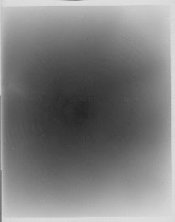RedSun
Member
I'm doing contact proof printing with my 4x5 enlarger. Some questions:
1. Do you focus the light on the proofer, then remove the negative? Or focus is not required?
2. What lens do you normally use? short or long? With short focus length, the lens is closer, but light spreads out. Long focus length lens tends to be stronger.
3. What aperture and exposure time do you recommend? Small aperture and longer exposure time for sharper images?
4. Since this is using enlarger, I figure enlarger paper is needed.
Thx.
1. Do you focus the light on the proofer, then remove the negative? Or focus is not required?
2. What lens do you normally use? short or long? With short focus length, the lens is closer, but light spreads out. Long focus length lens tends to be stronger.
3. What aperture and exposure time do you recommend? Small aperture and longer exposure time for sharper images?
4. Since this is using enlarger, I figure enlarger paper is needed.
Thx.












